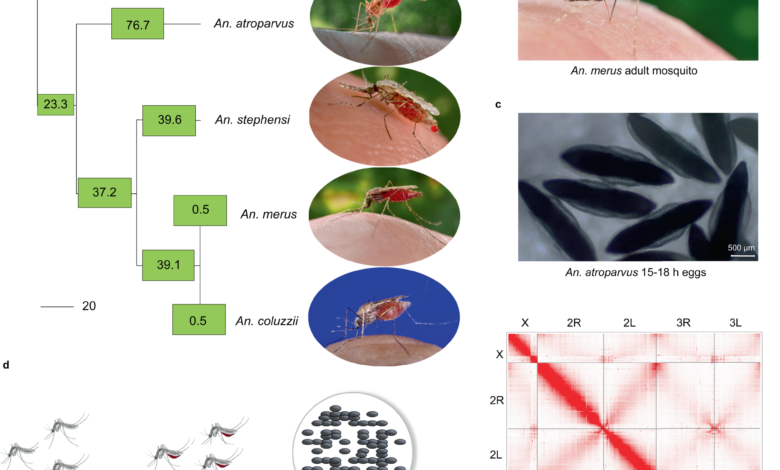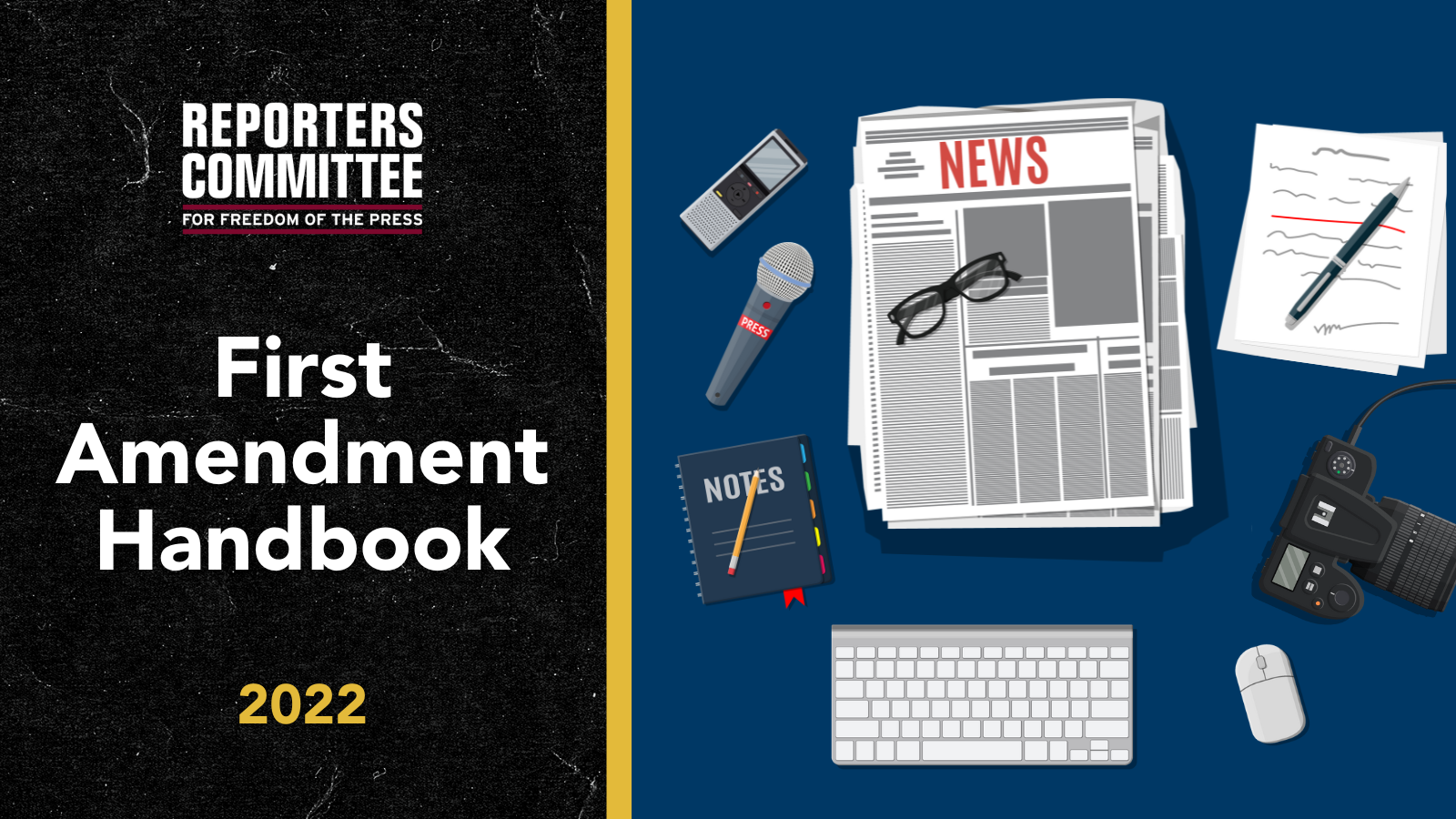All of the Following are Steps in Derivative Classification Except: Uncover the Missing Piece

All of the following are steps in derivative classification except seeking additional guidance to resolve uncertainty. Derivative classification involves integrating classified data into new forms while maintaining original markings and ensuring proper security measures are in place.
It is crucial to adhere to specific procedures and guidelines to protect sensitive information from unauthorized disclosure. Derivative classifiers are responsible for maintaining data security and accuracy, understanding classification procedures, and different data sensitivity levels. By following established steps in derivative classification, organizations can safeguard classified information effectively and prevent potential security breaches.
Overall, derivative classification plays a vital role in ensuring the protection and integrity of classified data within an organization’s security framework.

Credit: www.rcfp.org
Introduction To Derivative Classification
Derivative classification is the process of taking already-classified data and integrating, paraphrasing, restating, or creating it in a new shape while maintaining the class markings that apply to the source data. It is not a by-product class to copy or duplicate currently classed data, including photocopying a document.
Definition Of Derivative Classification
The responsibility for maintaining the security and accuracy of categorized data falls on derivative classifiers. These people ought to be knowledgeable about class control, staining approaches, and the difficulty count number of the categorized data. Data is typically categorized as public, internal-only, confidential, or restricted.
Responsibility Of Derivative Classifiers
Derivative classifiers play a crucial role in the protection of sensitive information. They are responsible for understanding and applying classification guidelines, ensuring the proper handling and protection of classified data, and safeguarding the integrity of the information throughout its lifecycle.
Steps In Derivative Classification
Derivative classification involves a series of essential steps to ensure the proper protection of sensitive information. Let’s delve into each step in detail:
Making The Initial Determination
Making the initial determination involves assessing the need to protect information from unauthorized disclosure.
Analyzing Material To Be Classified
Analyzing the material to be classified is crucial to understand its level of sensitivity and the appropriate classification markings it requires.
Using Authorized Sources For Guidance
It is vital to consult authorized sources for guidance when classifying information to ensure accuracy and compliance with classification requirements.
Seeking Additional Guidance To Resolve Uncertainty
Seeking additional guidance becomes necessary in case of uncertainty during the classification process to maintain the integrity and security of the data.
Exceptions In Derivative Classification
Derivative classification does not involve copying existing classified information, ensuring each new document is marked properly to maintain security and accuracy. Let’s explore the exceptions in more detail below.
Recommendations For Marking The New Document
When marking a new classified document, it is crucial to ensure the correct classification is indicated. Here are some recommendations for proper marking:
- Include the level of classification (e.g., confidential, restricted) prominently
- Add the source of the classification for reference
- Include any declassification instructions if applicable
Copying Or Duplicating Existing Classified Information
Copying or duplicating existing classified information is not part of derivative classification. Derivative classifiers must create new content while maintaining the original class markings. It is essential to follow proper protocols to ensure the security and accuracy of classified data.

Credit: www.sciencedirect.com
Importance Of Derivative Classification
Derivative classification plays a crucial role in protecting sensitive information against unauthorized disclosure. It ensures the maintenance of security and accuracy of classified data, thereby safeguarding the integrity of classified materials.
Protecting Information Against Unauthorized Disclosure
Derivative classification is essential for protecting sensitive data against unauthorized disclosure, preventing potential threats to national security and the safety of individuals.
Maintaining Security And Accuracy Of Classified Data
Derivative classifiers are responsible for maintaining the security and accuracy of classified data, ensuring that proper controls and marking procedures are adhered to.
:max_bytes(150000):strip_icc()/valueinvesting_definition_0801-7e37a086219548a2b454bf45af4835f4.jpg)
Credit: www.investopedia.com
Conclusion
Derivative classification entails integrating classified data into new formats while maintaining the original classification markings. This process does not involve duplicating or copying classified data, as the responsibility for accuracy and security falls on the derivative classifiers. It’s crucial to understand the classification control, marking procedures, and the sensitivity of the data.
Avoiding unauthorized access and implementing appropriate controls are integral to derivative classification.



